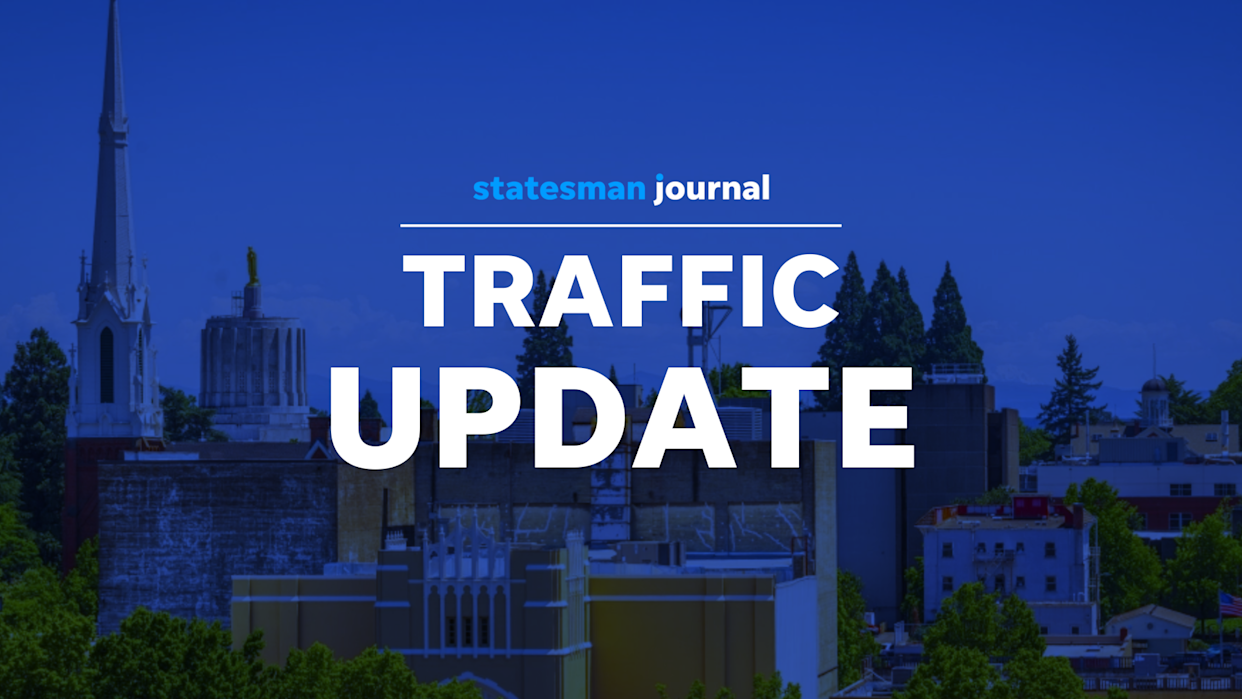
Introduction
As urban areas continue to grow and evolve, traffic has emerged as a central topic of discussion among policymakers, urban planners, and the general public. In 2023, traffic congestion remains a significant concern in cities worldwide, impacting everything from economic productivity to air quality and public health. Understanding the current traffic situation is crucial for developing effective transportation policies and infrastructure improvements.
Current Traffic Trends
Recent reports indicate a notable increase in traffic volume in cities across the globe. According to the INRIX Global Traffic Scorecard, major urban areas like London, Los Angeles, and Paris have experienced bouts of severe congestion, with commuters losing several hours annually due to delays. A significant factor contributing to this upward trend is the resurgence of commuting post-pandemic as remote work policies relax.
Despite the challenges, advancements in technology are starting to offer solutions. The rise of smart traffic management systems, which use real-time data to optimize traffic flow, has shown promising results in major cities. For instance, cities implementing adaptive traffic signals have reported reductions in congestion by up to 20%. Additionally, the integration of mobile applications that inform users about traffic conditions in real time is changing how people approach their journeys.
Impacts of Traffic Issues
The ongoing traffic challenges have detrimental effects on both the environment and quality of life. High congestion levels result in increased vehicular emissions, contributing to air pollution and climate change. According to the European Environment Agency, road transport is responsible for approximately 25% of the EU’s greenhouse gas emissions. The impact is not limited to environmental concerns; prolonged traffic delays also affect mental health and increase stress levels among commuters.
Seeking Solutions
Addressing traffic congestion requires a multi-faceted approach. Urban planners are focusing on promoting public transportation, encouraging cycling, and enhancing pedestrian infrastructures. In 2023, several major cities are investing in public transport upgrades. For instance, London’s Transport for London is set to expand bus routes and invest in newer, greener technologies to mitigate pollution.
Moreover, governments worldwide are exploring the concept of congestion pricing, wherein drivers pay a fee to enter the most congested areas during peak hours. This approach not only discourages unnecessary travel but also generates funds for public transport improvements.
Conclusion
In conclusion, the challenges posed by traffic congestion are complex but increasingly urgent. With the increases in urban population, understanding and addressing traffic issues will be vital for fostering sustainable city environments. It is clear that collaborative efforts from governments, urban planners, and communities will be critical in creating long-term solutions. Looking ahead, the continuous advancement in technology and innovative transportation policies will shape the future of urban mobility, helping cities manage traffic more efficiently.
You may also like

Understanding Care Homes: Trends and Importance in 2023

The Growing Concerns of Urban Traffic in Today’s Society
